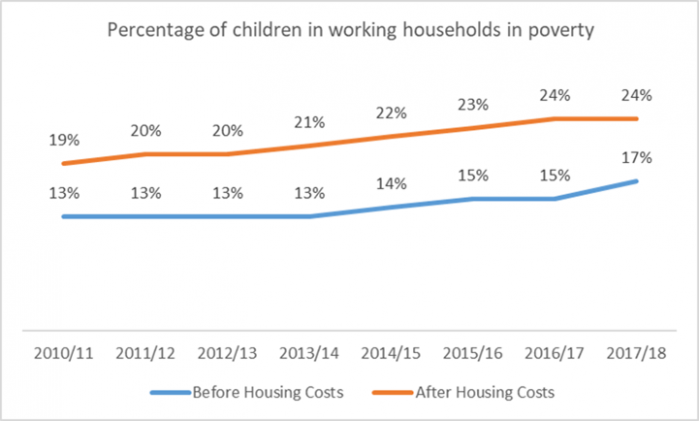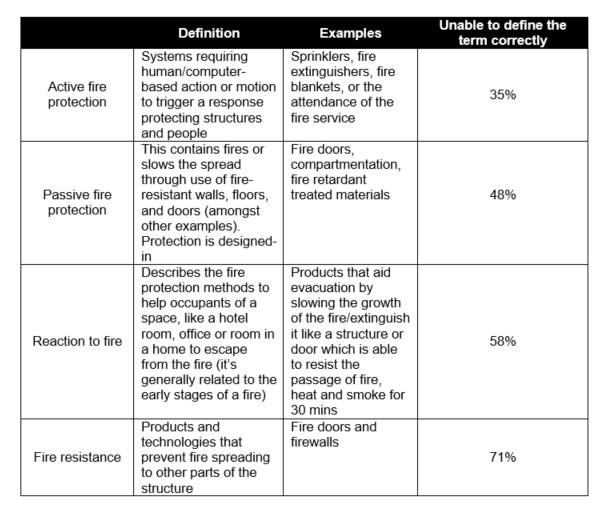This week Chancellor Philip Hammond delivered his Spring statement to the chamber. Touching on key issues such as the housing crisis, skills shortages, Brexit, apprenticeships and planning reform, the latest budget included much for the construction sector to sit up and take note of.
Housebuilding in particular, was very much high on the agenda. The Chancellor has previously promised 300,000 new homes a year by mid-2020s. Will the range of measures signalled in the latest Budget be enough to achieve that ambitious target? Are enough steps being taken to address some of the key issues facing the construction industry?
Buildingspecifier.com catches up with thought leaders from across the sector to see what they have to say in response:
More costs and more delays will hamper house building – Brian Berry, FMB
According to the Federation of Master Builders (FMB), new biodiversity measures will result in more costs and more delays for the nation’s small and medium-sized (SME) house builders, worsening the housing crisis.
In response to the statement, Brian Berry, Chief Executive of the FMB, said “The Chancellor claimed to support housing delivery but actions speak louder than words and the burdensome and poorly thought-through biodiversity targets for developers will bring yet more costs and more delays for builders. Just as the environment for SME house builders starts to improve, these measures could end up stalling our progress. The Government wants to make developers, large and small, increase the biodiversity on their sites by a whopping 110 per cent and for an average site of ten units, the additional cost could be in excess of £2,000. Needless to say, this would also create delays to projects by adding additional hurdles for builders to negotiate during the already bureaucratic planning process.”
“Rather than hampering the building of new homes, if the Government wants to be ‘more green’, it should focus instead on retrofitting the more than 24 million homes that have already been built and which account for around one fifth of the UK’s greenhouse gas emissions. This will not only help reduce the UK’s carbon footprint but will also tackle the scourge of fuel poverty.”
We are likely to see an increase of regulatory measures in the industry, aimed at encouraging homes which are fit for the future – Neil Stewart, Glen Dimplex Heating and Ventilation
CEO of Glen Dimplex Heating and Ventilation, Neil Stewart said “The introduction of the Future Homes Standard for new builds is another positive move towards achieving net zero carbon dwellings in the future and ensuring UK homes benefit now from being highly efficient. The introduction of this new standard is in response to a legal commitment to the Energy Performance of Buildings Directive.
“Along with other legal requirements, such as carbon budgets, we are likely to see an increase of regulatory measures in the industry, aimed at encouraging homes which are fit for the future. As this could cause radical change for construction, industry bodies have been spending time analysing what this actually means and where changes need to happen to our current traditional techniques and processes.
“In February 2019 the Committee on Climate Change released their latest report on UK Housing: Fit for the future?, which suggests a required overhaul of how UK homes are supplied with energy. More recently the SEA’s response to how the Buildings Mission to halve energy use by 2030 can be achieved, highlights the need to future proof todays developments in readiness for the required changes.”
“As we transition to a low carbon, low energy future, we are likely to see a change in the HVAC strategies used in building design. This indicates an increase in the specification of renewable technologies, especially where dominant energy loads can be fulfilled in a low carbon way. Heat pump technology provides a potential solution, supplying homes with the required energy through recent innovations which are transforming how this technology can be applied.”
Now is the time to invest in our people and our places – Lord Porter, LGA
Responding to the Spring Statement, Lord Porter, Chairman of the Local Government Association, commented: “The Government acted on our calls to find extra one-off funding for councils this year in the last Autumn Budget, including for social care, potholes and high streets. With councils still facing a funding gap of more than £3 billion in 2019/20, it is disappointing that the Chancellor has missed the opportunity to use today’s Spring Statement to provide further desperately-needed funding for our under-pressure local services this year.
“The money local government has to maintain the services our communities rely on is running out fast and huge uncertainty remains about how local services will be paid for into the next decade.
“Last year’s Autumn Budget was the earliest for a number of years but was still held at the end of October. The Government’s plan to publish the Spending Review alongside the Autumn Budget this year could exacerbate the funding challenges facing councils and will severely hamper their ability to plan ahead for next year and beyond. It is vital that the Government publishes the Spending Review much earlier and ensures it genuinely secures the financial sustainability of councils.
“Now is the time to invest in our people and our places.
“Brexit cannot be a distraction from the challenges facing our public services. If we truly value our local services then we have to be prepared to pay for them. Fully funding councils is the only way councils will be able to keep providing the services which matter to people’s lives, continue to lead their local areas, improve residents’ lives, reduce demand for public services, and save money for the taxpayer.”
We welcome the Chancellor’s £3bn affordable homes guarantee scheme to support the delivery of 30,000 new homes. – Terrie Alafat, CIH
Commenting on the Chancellor’s Spring statement, Terrie Alafat, chief executive of the Chartered Institute of Housing (CIH) said “We welcome the Chancellor’s £3bn affordable homes guarantee scheme to support the delivery of 30,000 new homes. A previous scheme that allowed the government to underwrite borrowing by housing associations to fund affordable housing delivery worked well, so it’s good news that it is coming back. We have always said this would be a sensible and positive move. We need to see the details of the scheme, but the key question is whether the homes being funded are genuinely affordable, especially considering that we need 90,000 new homes per year at the lowest social rent.”
The lack of affordable housing is now pushing hundreds of thousands of working families to the brink – James Prestwich, NHF
James Prestwich, Head of Policy at the National Housing Federation said “We welcome the announcement of a £3bn guarantee scheme, which we called for in the Autumn. It will help housing associations borrow more cheaply and therefore build more homes. However, whilst this is an important contribution, we desperately need new money in the next spending review to build more social housing.
This is more crucial than ever in the midst of Brexit uncertainty – the lack of affordable housing is now pushing hundreds of thousands of working families to the brink – the number is rising year on year, many are living in debt, at threat of eviction or homeless.
We need to build 145,000 affordable homes every year to house these people – this is not a one off investment, the government must commit billions of pound every year into building more social housing. We hope, as the Comprehensive Spending Review approaches, the government will see sense and commit the significant investment needed into social housing.”




